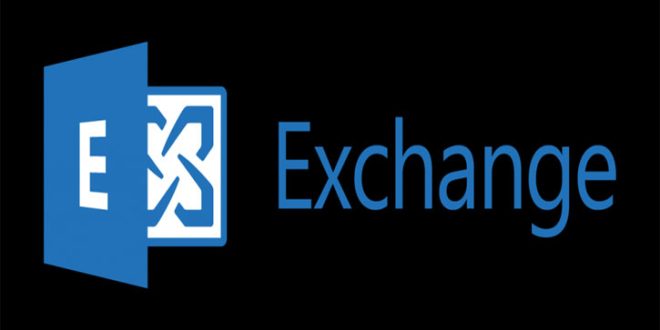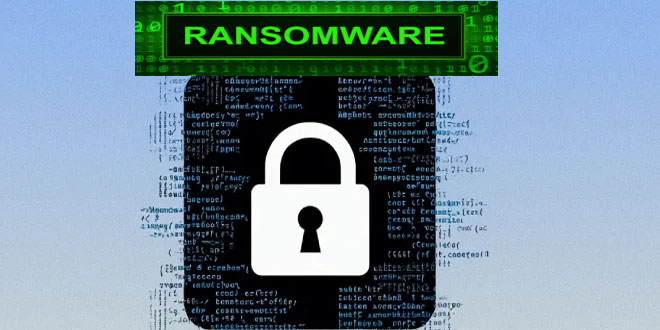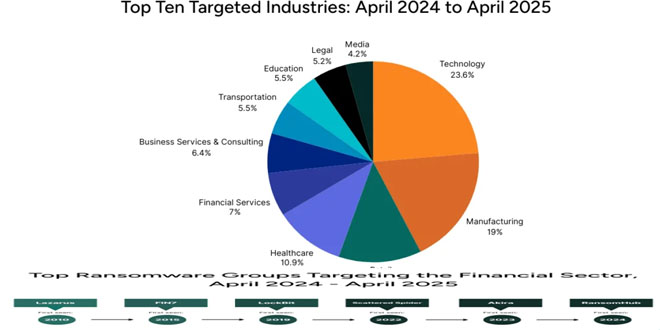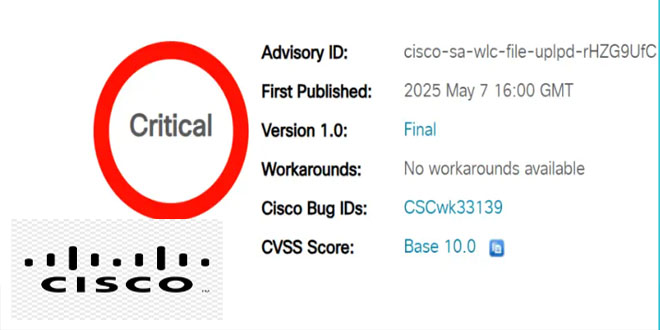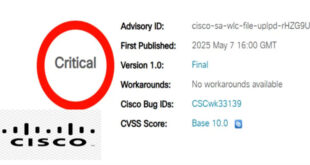Trend Micro’s Zero Day Initiative (ZDI) Thursday (02.11.23)
published four zero days vulnerabilities of Microsoft Exchange which can exploit remotely to execute arbitrary code or disclose sensitive information on affected installations.
Bleeping Computer reported, these vulnerabilities were reported to Microsoft on September 7th and 8th, 2023. Microsoft acknowledges the reports but postpones the fixes for later.
ZDI disagreed with this response and decided to publish the flaws under its own tracking IDs to warn Exchange admins about the security risks.
By infosecbulletin
/ Monday , May 12 2025
Google will pay about $1.4 billion to Texas to settle two lawsuits regarding location tracking and biometric data storage without...
Read More
By infosecbulletin
/ Friday , May 9 2025
YouTube has restricted access to at least four Bangladeshi television channels in India following a takedown request from the Indian...
Read More
By infosecbulletin
/ Friday , May 9 2025
Microsoft has fixed critical vulnerabilities in its core cloud services, including Azure Automation, Azure Storage, Azure DevOps, and Microsoft Power...
Read More
By infosecbulletin
/ Thursday , May 8 2025
The cyber threat landscape is rapidly changing, with a notable increase in ransomware activity in April 2025, driven by the...
Read More
By infosecbulletin
/ Thursday , May 8 2025
SonicWall has released patches for three security flaws in SMA 100 Secure Mobile Access appliances that could allow remote code...
Read More
By infosecbulletin
/ Thursday , May 8 2025
From April 2024 to April 2025, Flashpoint analysts noted that the financial sector was a major target for threat actors,...
Read More
By infosecbulletin
/ Thursday , May 8 2025
Cisco has issued a security advisory for a critical vulnerability in its IOS XE Software for Wireless LAN Controllers (WLCs)....
Read More
By infosecbulletin
/ Wednesday , May 7 2025
Attackers linked to the Play ransomware operation deployed a zero-day privilege escalation exploit during an attempted attack against an organization...
Read More
By infosecbulletin
/ Wednesday , May 7 2025
Hackers are exploiting an unauthenticated remote code execution vulnerability in the Samsung MagicINFO 9 Server to take control of devices...
Read More
By infosecbulletin
/ Tuesday , May 6 2025
CISA added the Langflow vulnerability, CVE-2025-3248 (CVSS score 9.8), to its Known Exploited Vulnerabilities catalog. Langflow is a popular tool...
Read More
Summarize of the vulnerabilities published by ZDI:
ZDI-23-1578 – A remote code execution (RCE) flaw in the ‘Chained Serialization Binder’ class, where user data isn’t adequately validated, allowing attackers to reserialize untrusted data. Successful exploitation enables an attacker to execute arbitrary code as ‘SYSTEM,’ the highest level of privileges on Windows.
ZDI-23-1579 – Located in the ‘Download Data From Uri’ method, this flaw is due to insufficient validation of a URI before resource access. Attackers can exploit it to access sensitive information from Exchange servers.
ZDI-23-1580 – This vulnerability, in the ‘Download Data From Office Market Place’ method, also stems from improper URI validation, potentially leading to unauthorized information disclosure.
ZDI-23-1581 – Present in the Create Attachment From Uri method, this flaw resembles the previous bugs with inadequate URI validation, again, risking sensitive data exposure.
Authentication is needed to exploit these vulnerabilities, which makes them less severe with a CVSS rating between 7.1 and 7.5. Requiring authentication is a factor that helps reduce their impact. This could be why Microsoft did not prioritize fixing the bugs.
ALSO READ:
Daily Cybersecurity update, November 03
It should be noted, though, that cybercriminals have many ways to obtain Exchange credentials, including brute-forcing weak passwords, performing phishing attacks, purchasing them, or acquiring them from info-stealer logs.
That said, the above zero-days shouldn’t be treated as unimportant, especially ZDI-23-1578 (RCE), which can result in complete system compromise.
ZDI suggests that the only salient mitigation strategy is to restrict interaction with Exchange apps. However, this can be unacceptably disruptive for many businesses and organizations using the product.
We also suggest implementing multifactor authentication to prevent cybercriminals from accessing Exchange instances even when account credentials have been compromised.
Bleeping Computer has contacted Microsoft to ask about ZDI’s disclosure and are still waiting for a response.
Source: ZDI, Bleeping computer
 InfoSecBulletin Cybersecurity for mankind
InfoSecBulletin Cybersecurity for mankind

